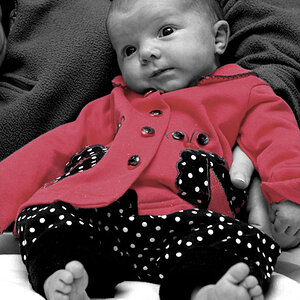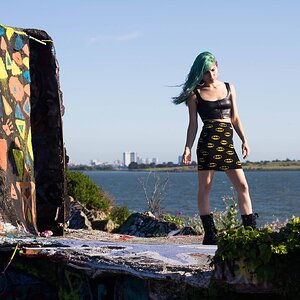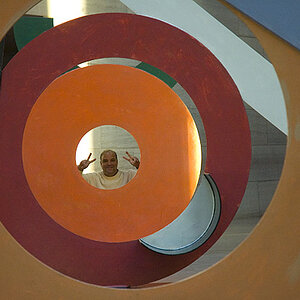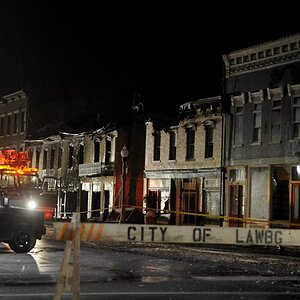RedBeard8
TPF Noob!
- Joined
- Jun 26, 2016
- Messages
- 5
- Reaction score
- 0
- Can others edit my Photos
- Photos OK to edit
I am completely new to film, so I am confused and have questions. So please forgive me if I ask something stupid. I have done a good bit of reading, but it all starts to jumble together in my head. So I figured I would ask than try to figure it out and waste film. My camera's are a Canon AE-1 Program with a 35-70mm Sigma 2.8-4 and a Nikon N80 with a Nikon 28-80mm .35-1.15.
The Canon is pretty easy to use...the Nikon, not so much. I mainly want to do landscape and anything outdoors. I love B&W so I will be doing a good bit of it, along with some color. I have a uv filter, a polarizing filter, and a yellow filter. I also will be doing day and night stuff.
So after all that, haha, what would be the best films to use and ISO setting? that is where I just get lost. I know that everything says to set the ISO on your camera to match your film, but I see you guys changing that as you shoot. Sorry this was so long, but I just want to get started on the right foot. Thank you for any help you give.
The Canon is pretty easy to use...the Nikon, not so much. I mainly want to do landscape and anything outdoors. I love B&W so I will be doing a good bit of it, along with some color. I have a uv filter, a polarizing filter, and a yellow filter. I also will be doing day and night stuff.
So after all that, haha, what would be the best films to use and ISO setting? that is where I just get lost. I know that everything says to set the ISO on your camera to match your film, but I see you guys changing that as you shoot. Sorry this was so long, but I just want to get started on the right foot. Thank you for any help you give.


![[No title]](/data/xfmg/thumbnail/37/37536-3578b4f283f738d862be62d896fa52d5.jpg?1619738132)
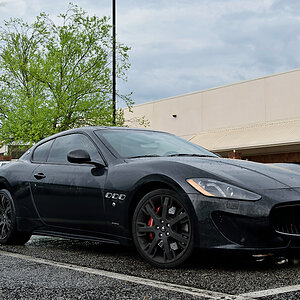
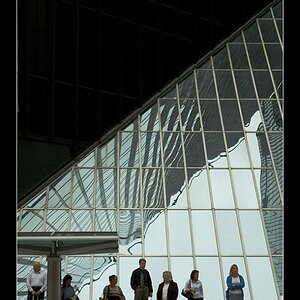
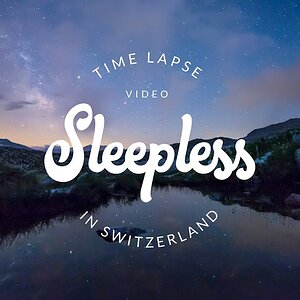
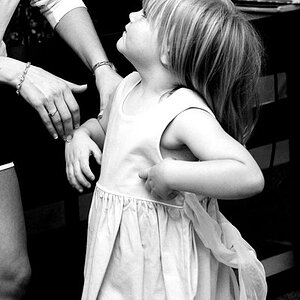
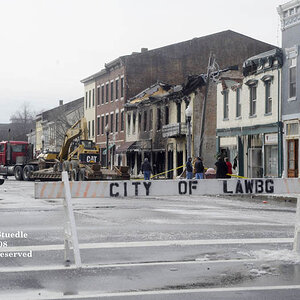
![[No title]](/data/xfmg/thumbnail/37/37537-25afab1a7980214af6067df3c997c353.jpg?1619738132)

